
Myth #1:
The foot is inherently misshaped. Orthotics and surgery are the only ways to correct foot problems.
Myth #1 Dispelled:
If you look at the foot of a young child, you will notice that his or her toes are spaced well apart. The foot of a young child is naturally designed for optimal balance and gait, and if the foot maintains this shape, optimal stride is preserved through old age: a finding observed in barefoot populations the world over. In industrialized societies, however, people spend a lifetime wearing shoes with rigid soles, toe spring, heel elevation, and tapering toe boxes—four design elements that inevitably lead to foot and toe deformities.
This deformation of the foot by the shoe is what leads to knee, ankle, foot, toe and other muscle and joint problems in many people. Thus, the foot is NOT naturally misshaped; in fact, in most cases, it starts out just fine. The way to address most foot problems, then, is not with orthotics or surgery, but rather, by allowing the foot to return to its natural form, with the forefoot level with the heel, and with the foot’s natural toe splay enabled.
Myth #2:
Athletic shoes are good for the feet because they’re flat, absorb impact, and support both the heel and arch.
Myth #2 Dispelled:
Most people know that high heels are more about fashion than function, but what’s wrong with athletic shoes? If you examine footwear designed for sports such as running, for example, you’ll notice that even these shoes elevate your heel, extend your toes, and pinch your toes together. Instead of enhancing performance, however, this triad of design features actually compromises the natural gait cycle, leading to chronically tight foot and toe extensor muscles and tendons and structural changes in your toes themselves (i.e., the toes are forced toward the foot’s midline where they remain, permanently, unless steps are taken to reverse this deformity). Your foot functions best as a bare foot; that is, when your heel and forefoot are completely level, and when your toes are allowed to flex, extend, and spread.
Myth #3:
Once foot problems are in place (e.g., bunions, neuromas, hammertoes, etc), there’s no way to correct them, except with surgery.
Myth #3 Dispelled:
Most foot and musculoskeletal problems can be treated WITHOUT surgery or pharmaceutical drugs. The approach simply involves returning your foot to its natural shape and allowing it to function the way nature intended. Correct Toes help return your toes to their natural shape and position, thereby undoing the damage caused by poorly designed footwear. Such a treatment approach is natural, conservative, and noninvasive, and it focuses on the underlying cause of dysfunction. In turn, and accordingly, this treatment model provides a long-term solution for those suffering from foot ailments.
Myth #4:
Athletic shoes, especially the expensive ones, are designed by physicists or engineers and are built to optimize movement while maximizing both foot comfort and health.
Myth #4 Dispelled:
If only this were true! The reality is that the shoe market is driven by aesthetics, or by what “looks good” on the shelf and will therefore sell. This is true not only of dress shoes, but also of athletic shoes. While comfort is considered by some shoe designers, foot health is often a low priority.
Indeed, even when shoe designers are presented with the findings that flat, wide-in-the-toe shoes are optimal for foot function and health, they fail to incorporate this information into their designs, as such a style would be incongruous with the classic shoe appearance (and therefore detrimental to sales). Also, consumers must remember that more money can be charged for a shoe that boasts “arch support” or “motion control” than for a simple, flat shoe. Take home message: The very shoes that are supposed to enhance athletic performance actually hinder it by altering natural foot shape and gait and causing injuries.
Myth #5:
Foot problems and musculoskeletal problems (such as osteoarthritis) are a natural part of the human aging process.
Myth #5 Dispelled:
You’ve probably heard (or overheard) people utter the following complaint: “I can’t run/walk/stand anymore because I’m getting too old.” It’s true that foot and other musculoskeletal problems are astoundingly common in our society, but they are NOT, in fact, a natural part of the aging process. Conventional footwear, for the reasons mentioned above, plays a much larger role in the process of physical degeneration than most people realize and contribute more significantly to foot problems than the aging process. Remember, in societies that do not use rigid, deforming footwear, people don’t suffer nearly the same rate of osteoarthritis, foot problems, and other musculoskeletal problems, even well into old age.
Myth #6:
Patient: “I have flat feet,” or, “I have fallen arches.” Doctor: “This is a problem that must be managed with orthotics or another form of arch support.”
Myth #6 Dispelled:
Contrary to popular belief, in most cases, the height or length of the main foot arch is not the issue. You can have optimal foot function with a low, medium, or high arch. What’s truly important, however, is the levelness of your support base. This support is naturally built into your foot, with your heel, forefoot, and evenly-spaced toes serving as the ends of the arch. If your foot (in its natural anatomical position) is able to walk without the confinement (or immobilizing effect, really) of rigid soles and tapering toe boxes, then external support devices such as “arch support” insoles or conventional arch orthotics are NOT required.

WANT TO IMPROVE YOUR FOOT HEALTH?
Let the team at Natural Footgear help you! Subscribe to our newsletter for the latest offers and helpful info, and sign up for our FREE email courses on various topics and foot health conditions.
Sign Up →
Want to Improve Your Foot Health?
We are here to help you every step of the way. Get our newsletter for the latest offers and helpful info, and sign up for our FREE email courses on various topics and conditions, including bunions, hammertoes, neuromas, plantar fasciosis, shin splints, ingrown toenails, and more.
Sign Up →
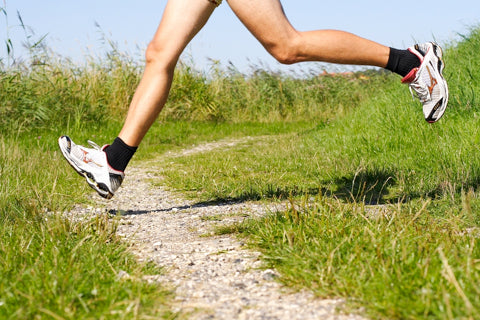 For decades, we, as footwear consumers and users, have been told that we need plenty of padding in our shoes and under our feet to help boost comfort and buffer the forces on our bodies that occur during standing, walking, running, and jumping. Like many things in the health arena, this information has become common knowledge and accepted as fact. Shoe industry bigwigs along with countless healthcare professionals have championed...
Read more
For decades, we, as footwear consumers and users, have been told that we need plenty of padding in our shoes and under our feet to help boost comfort and buffer the forces on our bodies that occur during standing, walking, running, and jumping. Like many things in the health arena, this information has become common knowledge and accepted as fact. Shoe industry bigwigs along with countless healthcare professionals have championed...
Read more





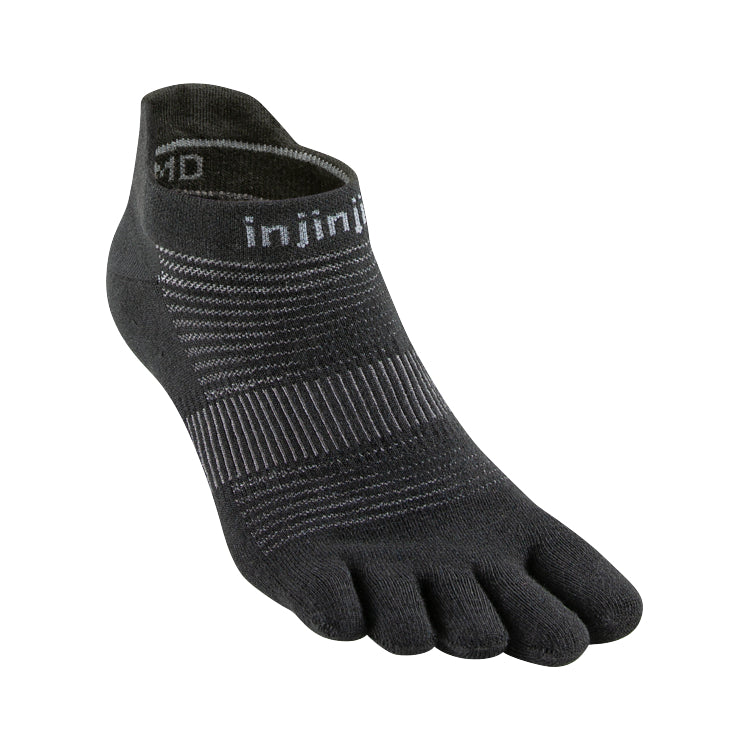
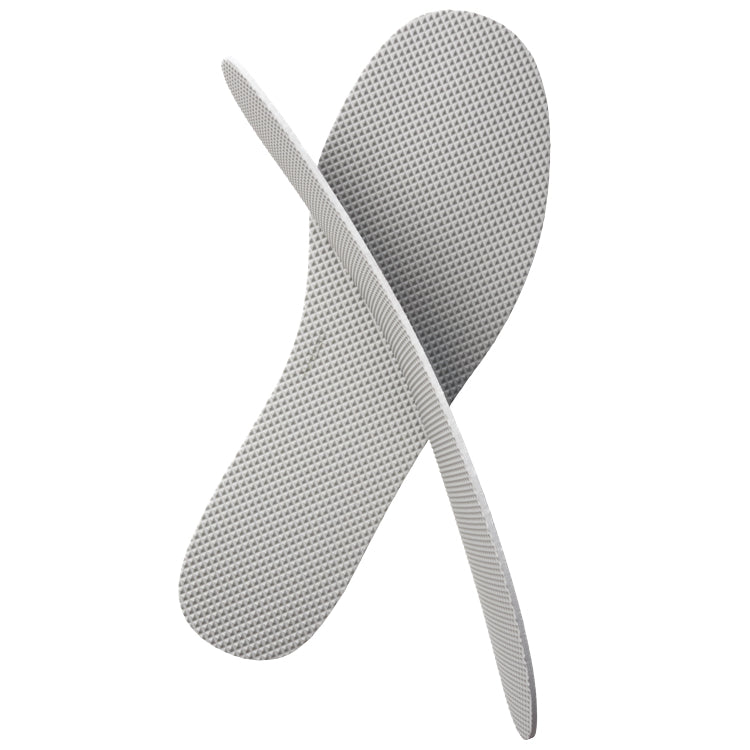

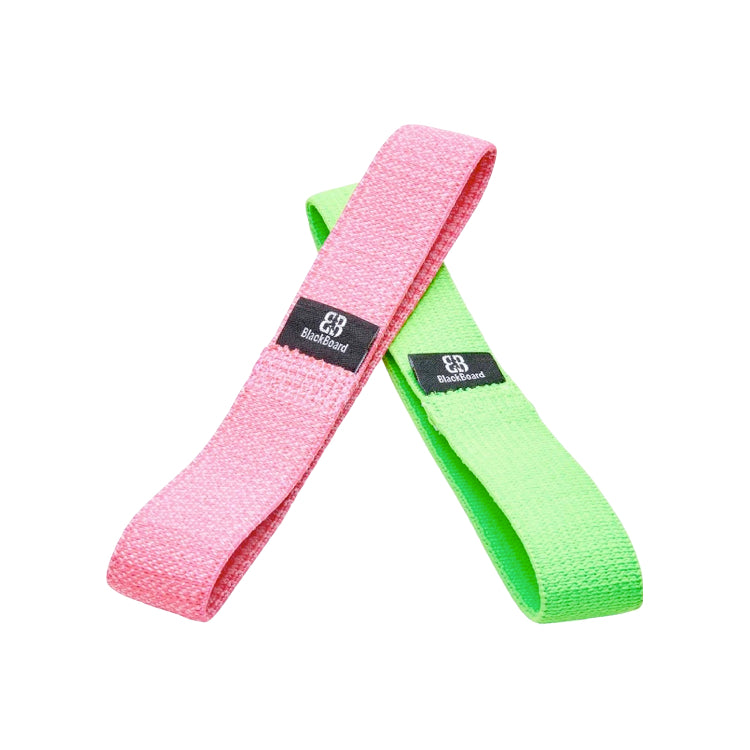
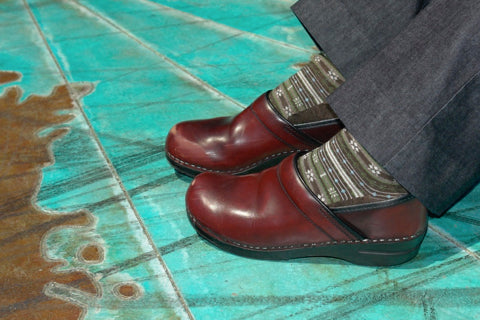


Thanks for all the great info. Do you know of any wide toe box cycling shoes? They seem to be even more narrow than walking shoes.
Ahh, the wide toe box cycling shoe! Rarer than a unicorn. This has been quite a hot topic amongst the Natural Footgear team and customers for quite some time. As of yet (Summer 2016), there is not a foot-healthy cycling shoe on the market. However, Dr. Robyn Hughes, co-founder of Natural Footgear, wrote a great article, entitled Cycling Shoe Surgery, that may be of some help to you:
www.naturalfootgear.com/blogs/education/17861648-cycling-shoe-surgery
Kind regards,
Laura Trentman
Hello,
I have been reading all the articles on your website. I also am going to order the toe spacers and Lems shoes for work (I work 12-hour days mostly on my feet and it is brutal!). I just wanted to ask, if arch support is not important, rather giving toes room to stretch and be in their natural state, would flip flops be considered “healthy” for my feet to wear during the summers?
Hi, San,
Thank you for your comment. I think an important point here is that arch support is indeed important, but not arch support as it is usually sold (i.e., a prop or a bump that’s placed underneath the arch). I’m talking about natural arch support—a situation in which the foot is allowed to function exactly how nature intended.
This article discusses the concept of natural arch support in more depth:
www.naturalfootgear.com/blogs/education/17920972-what-is-natural-arch-support
I think you’ll also appreciate this article, which discusses flip flops and foot health:
www.naturalfootgear.com/blogs/education/35766981-are-flip-flops-bad-for-your-feet
I hope this info helps! Please feel free to reach out to us again if you have any additional questions.
Kind regards,
Marty Hughes, DC
I am 66. I had bunion surgery on one foot 10 years ago. It helped immeasurably. Am I too old for natural spacers to realign my other foot, which is very crooked?
Hi, Carl,
Thank you for posting your comment and question. We have found that folks of all ages can benefit (at least to some degree) from natural approaches to feet and foot health. As long as you retain some measure of flexibility/range of motion in your toes, then you will most likely get value from the toe spacers. A full and complete correction (in terms of toe alignment) is harder to achieve in older folks who may have worn conventional footwear for many decades, but it’s certainly possible to achieve foot health gains and prevent pain or discomfort at almost any age.
I hope this info helps!
All the best,
Robyn Hughes, ND